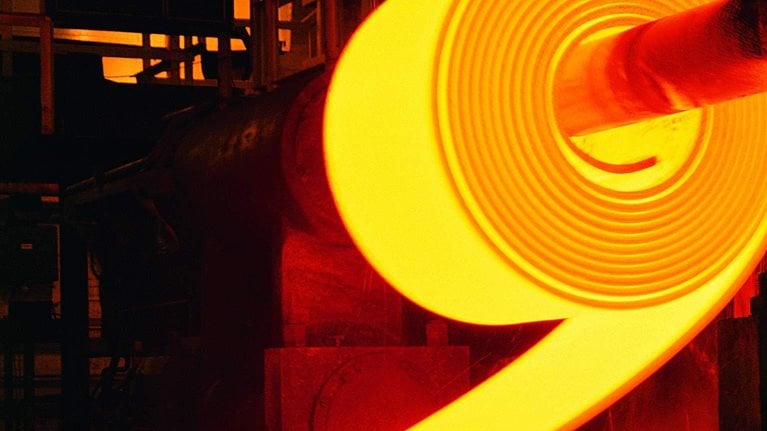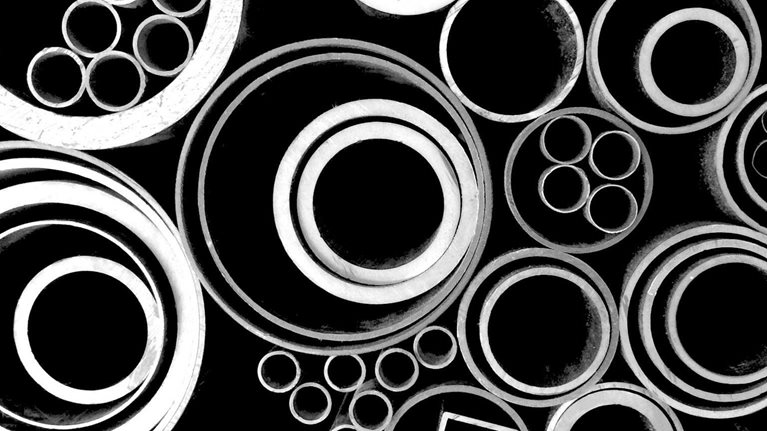When it comes to the adoption of new technologies, the metals industry has a history of long lead times. While the industry has made continued investments in process control and optimization, it has been slow in implementing new digital technologies – especially when compared with industries like banking or media. However, over the last few years, the pace has picked up for metal companies, too. Innovations in analytics, mobile solutions, and automation have found their way into the industry, and are propelling significant efficiency gains. This acceleration is driven by 4 key shifts:
- First, the amount of data available has increased exponentially over the last few years. The metals industry is deploying more and a wider range of sensors – including vibration, optical, and sound sensors – and data storage has become far less expensive. As an illustration, we estimate that today’s cost of data storage represents only 2 percent of the storage cost 5 years ago.
- Second, increases in computational power and the development of new analytic methodologies enable metal production companies today to conduct highly sophisticated analysis of this data. Traditional statistical methods that could process no more than a handful of production parameters are giving way to machine-learning algorithms capable of crunching through numerous factors concurrently, even when those factors lack linear relationships.
- Third, mobile technology is now also available to the shop floor, and is contributing to significant productivity gains through more effective field-force management and streamlining of processes (e.g., in maintenance).
- Finally, automation is finding more widespread applications in both production and support functions. The spread of automation is driven by the quest for efficiency: labor costs are ever increasing (e.g., 80 percent increase in US labor costs since the 1990s), whereas the costs of robots and automation are steadily declining, and systems are becoming ever more reliable.
In the past, the most important driver of the competitiveness and value creation for a metal production company was its structural position on the cost curve. Going forward, data will gain more and more value compared to the physical product itself, and the top value creators will stand out from the rest by how effectively they capture and leverage data. The stakes are high: our research suggests metal producers that harness the full potential of a digital transformation can increase their EBITDA margins by up to 6 to 8 percentage points.

